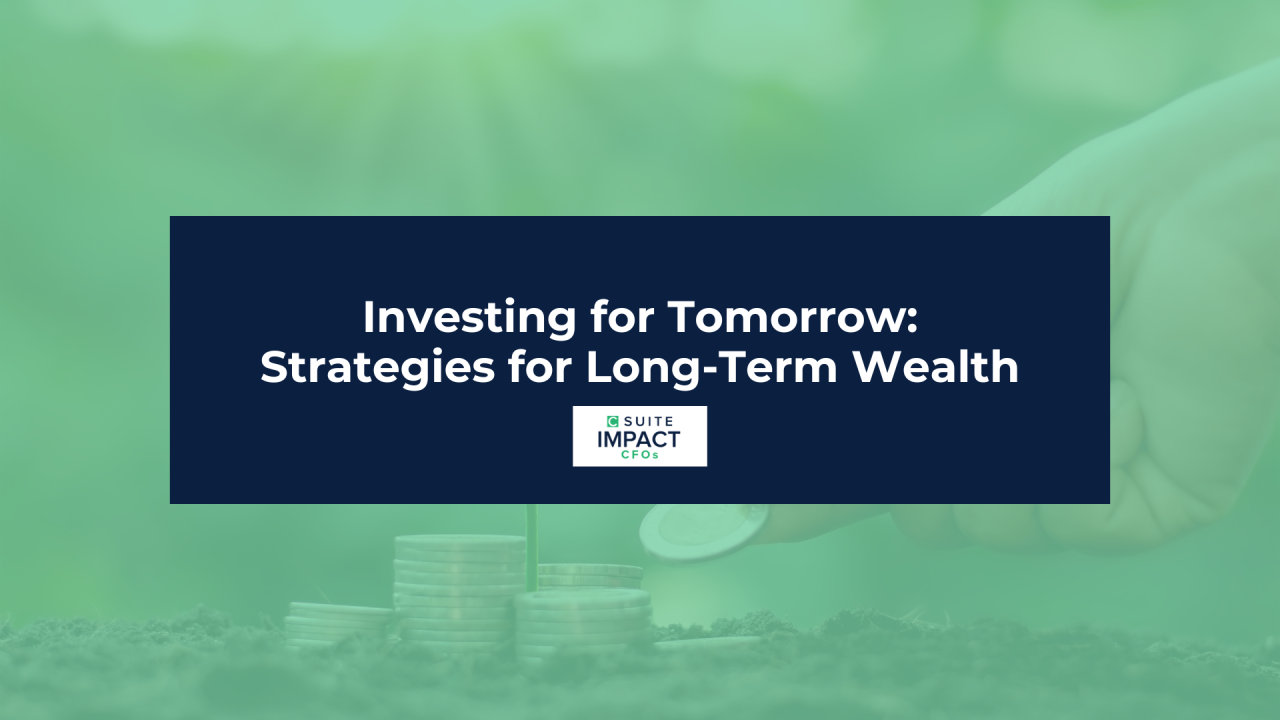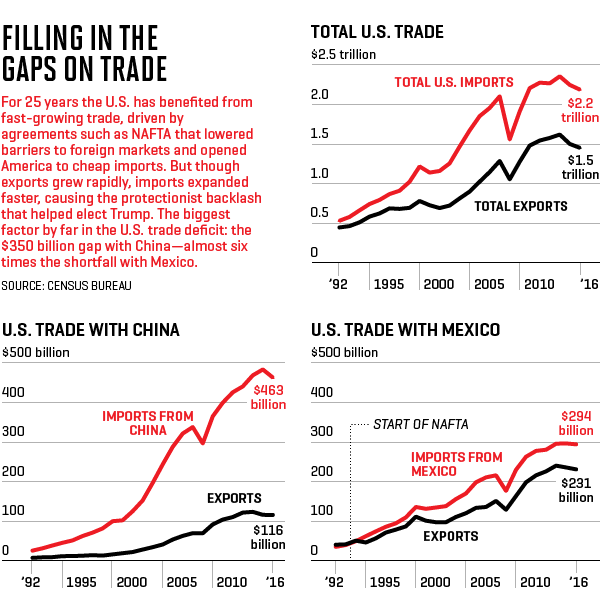Buy-and-Hold Reality Check: Long-Term Investing's Challenges

Table of Contents
Market Volatility and its Impact on Buy-and-Hold Strategies
The inherent volatility of the stock market is a significant challenge for buy-and-hold investors. While the long-term trend tends to be upward, the journey is far from smooth. Short-term market fluctuations and even prolonged periods of stagnation are inevitable. This volatility can significantly impact your portfolio's value and, more importantly, your emotional state.
- Short-term market dips can cause emotional distress, potentially leading to impulsive selling. Seeing your investments decline, even temporarily, can trigger fear and a desire to cut losses, undermining the core principle of buy-and-hold. This is often referred to as market timing, a notoriously unsuccessful strategy.
- Long periods of stagnation can erode investor confidence and patience. Markets don't always deliver consistent, linear growth. Extended periods with minimal returns can test even the most disciplined investor's resolve. This is where a robust long-term investment plan becomes crucial.
- Unexpected market crashes can significantly impact portfolio value, requiring a robust risk management plan. Black Swan events, such as the 2008 financial crisis, highlight the importance of having a well-defined risk tolerance and a strategy to weather significant market downturns. Diversification and understanding your personal risk profile are key to mitigating these risks.
- Historical examples: The dot-com bubble burst in the early 2000s and the 2008 financial crisis serve as stark reminders of market volatility's impact. Buy-and-hold investors who persevered through these periods were ultimately rewarded, but the emotional toll and potential for losses were significant.
Inflation's Erosion of Purchasing Power in Buy-and-Hold Portfolios
Inflation silently diminishes the real value of your investment returns over time. While your nominal returns (the stated return on your investment) might seem impressive, your real returns (the return adjusted for inflation) paint a different picture. Understanding this distinction is crucial for long-term buy-and-hold success.
- Real returns vs. nominal returns: A 5% nominal return might seem good, but if inflation is running at 3%, your real return is only 2%. Over decades, this difference compounds significantly.
- Inflation can negate gains, especially in low-return periods. In low-interest-rate environments, the impact of inflation on your purchasing power becomes even more pronounced, potentially wiping out gains entirely.
- Strategies to mitigate inflation risk: Investing in inflation-protected securities, such as Treasury Inflation-Protected Securities (TIPS), can help hedge against inflation. Diversification into real assets, such as real estate or commodities, can also provide a degree of protection.
- Monitoring inflation rates and adjusting your investment strategy: Staying informed about inflation trends and adjusting your portfolio accordingly is vital to preserve your purchasing power.
The Unexpected Costs of Buy-and-Hold Investing
Beyond the initial investment, several hidden costs can impact the profitability of a buy-and-hold strategy. These expenses, if not carefully considered, can significantly reduce your overall returns.
- Transaction fees and brokerage commissions: Even passive strategies incur costs, especially if you're buying and selling individual securities. The seemingly small fees can add up over time.
- Tax implications of long-term capital gains: While long-term capital gains taxes are generally lower than ordinary income taxes, they still represent a reduction in your overall returns. Tax-advantaged accounts like 401(k)s and IRAs can help mitigate this cost.
- Potential management fees if using actively managed funds: If you're using actively managed funds within a buy-and-hold approach, be aware of the management fees, which can eat into your returns. Index funds and ETFs generally have significantly lower expense ratios.
- Opportunity costs: The capital tied up in a long-term buy-and-hold strategy represents an opportunity cost. This means you could be foregoing potentially higher returns by not investing in other opportunities.
Maintaining Discipline and Patience in Buy-and-Hold Investing
Perhaps the biggest challenge in buy-and-hold investing is psychological. Sticking to your strategy through market ups and downs requires significant discipline and patience.
- A well-defined investment plan and risk tolerance: Having a clear plan and understanding your risk tolerance is essential. This prevents impulsive decisions based on fear or greed.
- Strategies for managing emotional responses to market fluctuations: Developing coping mechanisms to handle market volatility is crucial. This could involve regular reviews of your financial goals, or seeking support from a financial advisor.
- The role of financial advisors: A financial advisor can provide valuable guidance, helping you maintain discipline and make informed decisions.
- Regular portfolio reviews and adjustments: While the core principle of buy-and-hold is to avoid frequent trading, periodic reviews and minor adjustments to rebalance your portfolio are essential to ensure it remains aligned with your goals.
Conclusion
Buy-and-hold investing, while offering the potential for long-term growth, presents several challenges: market volatility, inflation's eroding effect, unexpected costs, and the need for significant discipline and patience. Understanding these potential hurdles is crucial for success. While the challenges are real, successful buy-and-hold investing is achievable with careful planning, a realistic risk assessment, and a commitment to long-term growth. Learn more about mitigating these risks and optimizing your buy-and-hold investment strategy. Start planning your long-term investment strategy today and understand the realities of buy-and-hold investing.

Featured Posts
-
 Italian Open Chief Top Players Elevate Chinese Tennis Culture
May 26, 2025
Italian Open Chief Top Players Elevate Chinese Tennis Culture
May 26, 2025 -
 2025s Best Nike Running Shoes Reviews And Comparisons
May 26, 2025
2025s Best Nike Running Shoes Reviews And Comparisons
May 26, 2025 -
 47 Y Moskovskiy Mezhdunarodniy Kinofestival Itogi Tseremonii Nagrazhdeniya
May 26, 2025
47 Y Moskovskiy Mezhdunarodniy Kinofestival Itogi Tseremonii Nagrazhdeniya
May 26, 2025 -
 Golds Ascent Trumps Trade Policies Fuel Investor Demand
May 26, 2025
Golds Ascent Trumps Trade Policies Fuel Investor Demand
May 26, 2025 -
 Moto Gp Inggris Link Live Streaming Race Sprint Malam Ini Jam 20 00 Wib
May 26, 2025
Moto Gp Inggris Link Live Streaming Race Sprint Malam Ini Jam 20 00 Wib
May 26, 2025
